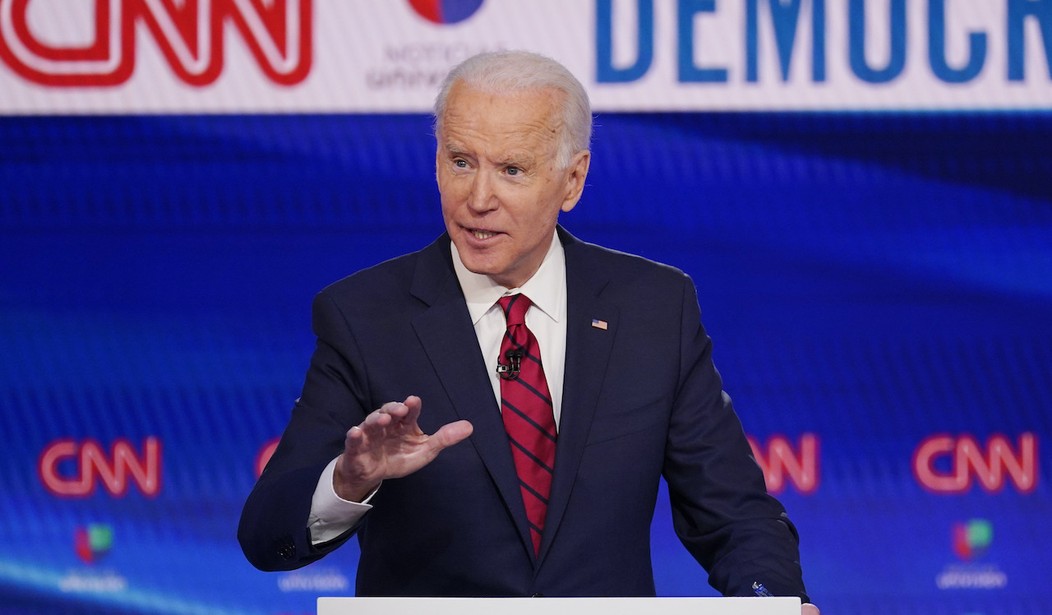Laurence Silberman, a judge on the U.S. Court of Appeals for the D.C. Circuit, urged the Supreme Court to overturn the key defamation precedent New York Times v. Sullivan (1964), in part because the legacy media has become a threat to American Democracy. Silberman dissented from a court panel’s majority opinion in Tah and McClain v. Global Witness (2021), which ruled that Global Witness did not violate defamation law in falsely accusing Liberian officials of taking bribes from Exxon.
Silberman (a Reagan appointee) argued that the NGO Global Witness had clearly defamed the Nigerian officials by accusing them of taking bribes from Exxon when in reality the officials had only received bonuses from their employer, the National Oil Company. Silberman accused his fellow judges, Chief Judge Sri Srinivasan (an Obama appointee) and Judge David Tatel (a Clinton appointee), of “employing legal jiu-jitsu,” creating new arguments to get Global Witness off the hook for defamation.
“In the revisionist view, the National Oil Company bribed its own agents and employees to do their jobs. Tellingly, the Majority offers no motive for a bribe,” Silberman argued. “After observing my colleagues’ efforts to stretch the actual malice rule like a rubber band, I am prompted to urge the overruling of New York Times v. Sullivan.”
Defamed MAGA Hat Covington Boy Finally Wrestles Money Out of The Washington Post
Citing Supreme Court Justice Clarence Thomas, Silberman argued that New York Times “was a policy-driven decision masquerading as constitutional law. The holding has no relation to the text, history, or structure of the Constitution, and it baldly constitutionalized an area of law refined over centuries of common law adjudication.”
Silberman admitted that in 1964, the press may have needed the protection of New York Times v. Sullivan in order to cover the civil rights movement in a hostile and racially segregated South, but he argued “that power is now abused.”
“The increased power of the press is so dangerous today because we are very close to one-party control of these institutions,” Silberman warned. “Our court was once concerned about the institutional consolidation of the press leading to a ‘bland and homogenous’ marketplace of ideas. It turns out that ideological consolidation of the press (helped along by economic consolidation) is the far greater threat.”
“Although the bias against the Republican Party—not just controversial individuals—is rather shocking today, this is not new; it is a long-term, secular trend going back at least to the ’70s. (I do not mean to defend or criticize the behavior of any particular politician). Two of the three most influential papers (at least historically), The New York Times and The Washington Post, are virtually Democratic Party broadsheets. And the news section of The Wall Street Journal leans in the same direction,” Silberman noted. He added that these papers set the “orientation” of coverage for the Associated Press and most large papers across the country.
“Nearly all television—network and cable—is a Democratic Party trumpet,” the judge added. “Even the government-supported National Public Radio follows along.”
Silberman also noted the tremendous influence “Silicon Valley” enjoys over “the distribution of news. And it similarly filters news delivery in ways favorable to the Democratic Party.” He cited Facebook’s and Twitter’s actions to suppress The New York Post‘s bombshell story about Joe Biden’s involvement with Hunter Biden’s notorious foreign deals.
The Hunter Biden Corruption Scandal Is a Reckoning for the Legacy Media
“It is well-accepted that viewpoint discrimination ‘raises the specter that the Government may effectively drive certain ideas or viewpoints from the marketplace,'” Silberman wrote, citing R.A.V. v. City of St. Paul (1992). “But ideological homogeneity in the media—or in the channels of information distribution—risks repressing certain ideas from the public consciousness just as surely as if access were restricted by the government.”
Silberman admitted that “there are a few notable exceptions to Democratic Party ideological control: Fox News, The New York Post, and The Wall Street Journal’s editorial page. It should be sobering for those concerned about news bias that these institutions are controlled by a single man and his son.”
“Will a lone holdout remain in what is otherwise a frighteningly orthodox media culture?” the judge asked. “After all, there are serious efforts to muzzle Fox News. And although upstart (mainly online) conservative networks have emerged in recent years, their visibility has been decidedly curtailed by Social Media, either by direct bans or content-based censorship.”
Silberman cited professor Tim Groseclose’s book Left Turn: How Liberal Media Bias Distorts the American Mind, noting that the left-leaning media bias has the effect “of aiding Democratic Party candidates by 8-10% in the typical election.”
“And now, a decade after this book’s publication, the press and media do not even pretend to be neutral news services,” the judge lamented.
“It should be borne in mind that the first step taken by any potential authoritarian or dictatorial regime is to gain control of communications, particularly the delivery of news,” Silberman argued. “It is fair to conclude, therefore, that one-party control of the press and media is a threat to a viable democracy. It may even give rise to countervailing extremism.”
The SPLC Is in Serious Legal Jeopardy for Defamation Regarding Its ‘Hate Group’ Labels
This threat to democracy raises serious questions about the Supreme Court’s precedents granting the media near unchecked power to destroy reputations.
“The First Amendment guarantees a free press to foster a vibrant trade in ideas. But a biased press can distort the marketplace. And when the media has proven its willingness—if not eagerness—to so distort, it is a profound mistake to stand by unjustified legal rules that serve only to enhance the press’ power,” Silberman argued.
The judge did not oppose the right of free speech, but rather the way courts adjudicate one of the central exceptions to free speech — defamation of character. Both English and American common law have long held that defamation does not fall under free speech protections. New York Times v. Sullivan arguably raised the bar for proving defamation far too high.
Even under the Supreme Court’s precedents, Silberman argued that Global Witness defamed the Liberian officials with false bribery accusations. However, judicial lawmaking of the sort the Supreme Court did in New York Times provided Srinivasan and Tatel a precedent to twist the facts of Tah v. Global Witness out of recognition, getting Global Witness off the hook for defamation.
Silberman’s D.C. Circuit court often fields Supreme Court nominees. Its prominence might make the Supreme Court more likely to take up this important case and reverse the majority’s twisted opinion.
Tyler O’Neil is the author of Making Hate Pay: The Corruption of the Southern Poverty Law Center. Follow him on Twitter at @Tyler2ONeil.









Join the conversation as a VIP Member